Talosnation
Get ready to wave goodbye to the days of time-consuming and laborious employee onboarding. You can expedite your onboarding process and make it more engaging than ever before with the aid of Robotic Process Automation (RPA).
Employee onboarding is a critical phase in the growth of any organization. It's an opportunity to create a good first impression on new employees and set them up for success. Traditional onboarding approaches, on the other hand, traditional onboarding approaches can be inefficient, error-prone, and not the most engaging experience for new recruits.
Enter RPA - a technology that enables the automation of repetitive and manual tasks in the onboarding process. In this blog post, we'll look at how RPA can improve your employee onboarding process by making it more efficient, accurate, and engaging for new workers. We'll go through the advantages of adopting RPA for onboarding, compare it to older techniques, and look at best practices for incorporating RPA into the onboarding process. We'll also look at some popular RPA options for onboarding automation and give case studies.
The following post is for you if you are an HR professional, a manager, or a business owner. Let's look at how RPA can revolutionize and elevate your staff onboarding process.
6 Advantages of Using RPA for Employee Onboarding
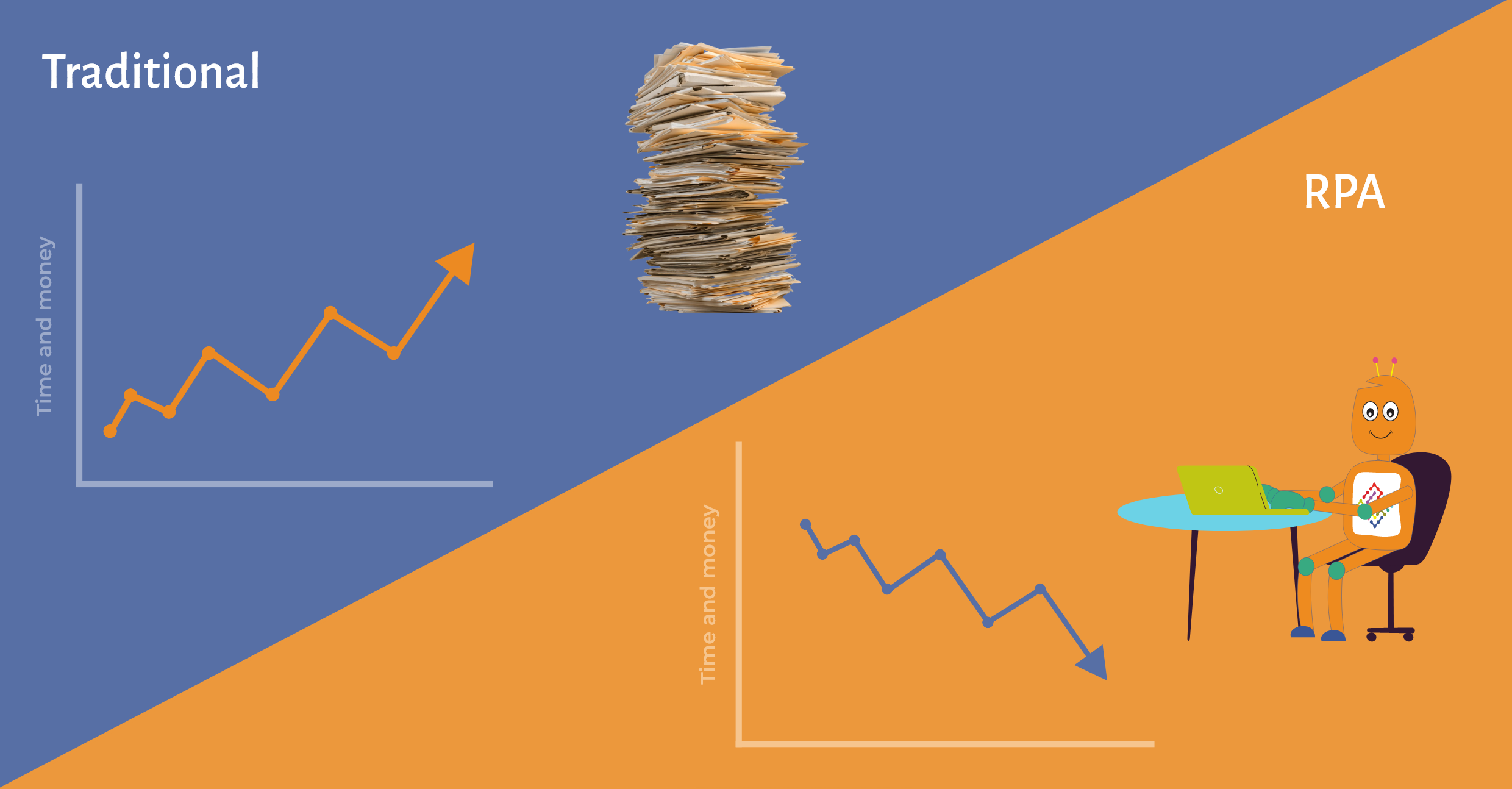
RPA (Robotic Process Automation) is a powerful technology that can completely alter your employee onboarding process. Here are some of the primary advantages of adopting RPA for onboarding:
Reduced manual tasks and errors:
Manual onboarding processes are frequently laborious and time-consuming, requiring valuable time from HR professionals who should be focused on more important responsibilities. By using RPA to automate these operations, you can drastically cut the burden and eliminate the danger of human errors. This, in turn, improves the efficiency of the onboarding process and decreases the likelihood of error-related delays.
Time savings and better efficiency:
Using RPA to automate onboarding procedures can save you a substantial amount of time. This is due to RPA's ability to do jobs significantly faster and more precisely than humans. HR professionals can concentrate on more important duties that require human interaction by automating repetitive and manual processes like data entry, form filling, and document management. As a result of this, there will be a more streamlined onboarding process and a speedier time-to-productivity for new recruits.
Greater accuracy and consistency:
Manual tasks are prone to mistakes, which can result in discrepancies in data and compliance difficulties. RPA ensures that data gets entered reliably and consistently across all systems and platforms, decreasing the chance of mistakes and maintaining regulatory compliance. As a result, the onboarding process becomes more precise and dependable.
Enhanced compliance and security:
Onboarding necessitates the collection of sensitive employee data, which may be subject to GDPR and CCPA requirements. By automating data entry and administration operations, RPA can assure compliance while also offering increased security measures to secure employee data. This helps you avoid costly noncompliance penalties while also protecting the privacy of your staff.
Improved employee experience and engagement:
For new hires, onboarding may be a stressful and overwhelming process. RPA helps HR professionals focus on creating connections with new recruits by automating more administrative duties, resulting in a more personalized and engaging onboarding experience. This can lead to increased levels of employee satisfaction and retention.
Scalability and flexibility:
Because RPA is a highly scalable technology, it can be readily altered to meet changes in the onboarding process. You may add or alter RPA bots as your organization develops and evolves to meet your changing demands. This enables you to meet the needs of a developing organization while avoiding the need for manual operations.
To summarize, RPA can significantly improve your employee onboarding process's efficiency, accuracy, compliance, engagement, scalability, and flexibility. HR professionals can zero in on more strategic and important work while also offering a better experience for new recruits by automating tedious and manual duties. In the next section, we'll compare RPA to traditional onboarding approaches.
RPA vs. conventional methods of employee onboarding
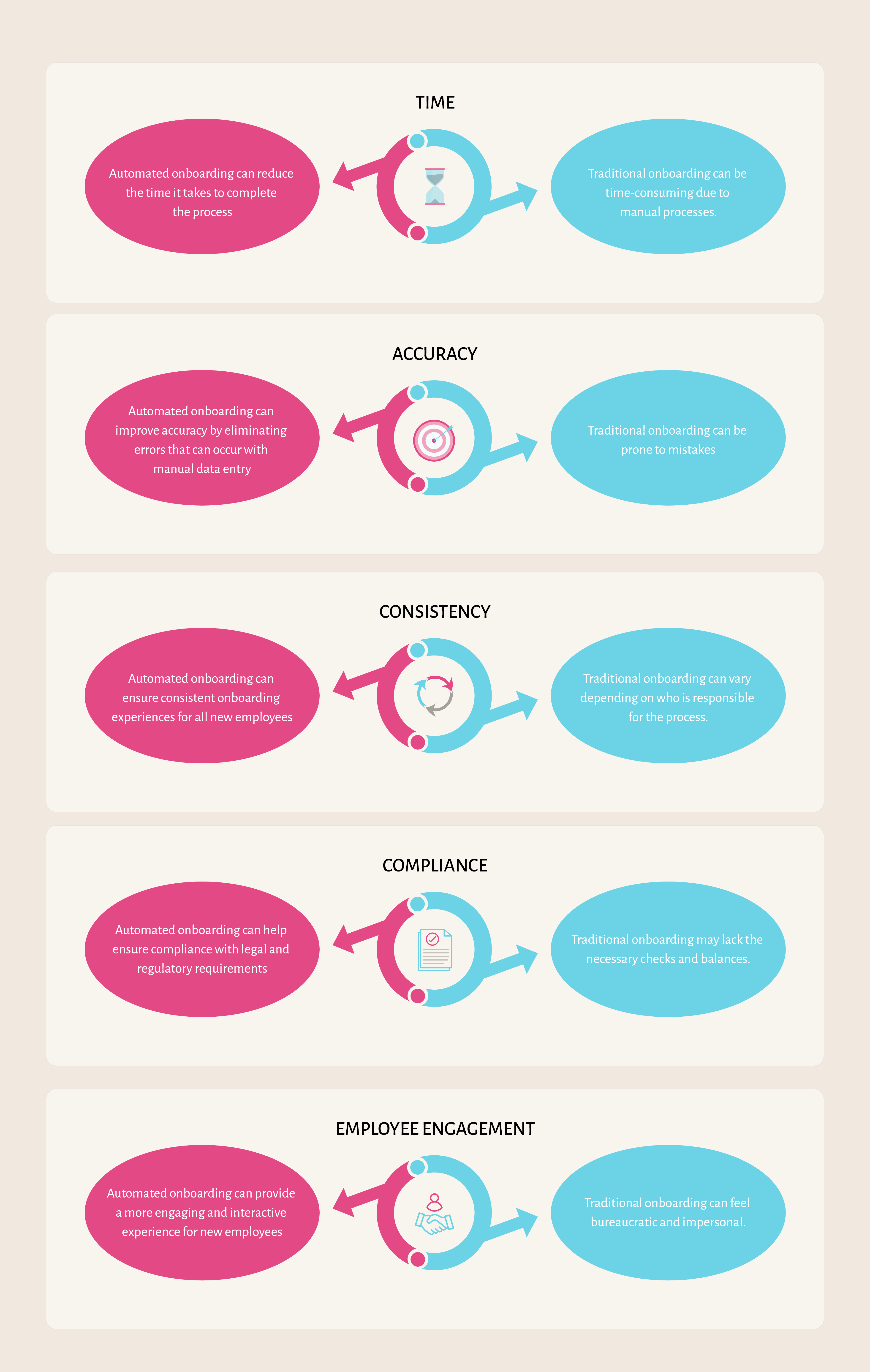
Employee onboarding is a necessary procedure for every firm, but it can also be time-consuming and tiresome work. Traditional employee onboarding procedures sometimes include a large number of manual activities, documentation, and human interaction, which can result in mistakes and discrepancies. RPA can be a game changer in this situation.
RPA allows for more effective and precise management of employee onboarding duties. Many manual operations included in traditional onboarding procedures, including data input, document verification, and compliance checks, can easily be automated. This can result in considerable time and resource savings, allowing HR employees to focus on more important duties.
RPA also improves accuracy and consistency over older techniques. Human mistakes and oversights may be reduced, and compliance standards can be readily addressed. Furthermore, by automating access and authorization rules, RPA can improve security and data privacy.
It is crucial to realize, however, that traditional employee onboarding approaches have limitations and downsides. They can, for example, be sluggish, resource-intensive, and prone to mistakes. Furthermore, manual procedures might result in anomalies and inefficiencies, which can have a negative influence on the employee experience.
RPA's capacity to eliminate manual tasks and errors are one of its major benefits for staff onboarding. RPA can significantly lower the amount of time and effort necessary for onboarding by automating operations such as data entry and document verification. This not only saves time and money for HR employees, but it also guarantees that information is correct and consistent.
Another advantage of RPA is its ability to save time. Onboarding may be a time-consuming process, but RPA can automate many of the procedures, making the process quicker and more efficient. This is especially crucial for organizations that have a high turnover rate or need to onboard a large number of workers at once.
RPA can also improve employee onboarding compliance and security. RPA can assist in ensuring that only authorized people have access to sensitive employee data by automating access and permission procedures. Furthermore, RPA can assist in ensuring that compliance standards are completed, lowering the chance of penalties or legal concerns.
Finally, RPA has the potential to increase the overall employee experience and engagement during onboarding. HR workers may spend more time interacting with new employees, addressing questions, and offering a more personalized onboarding experience by automating onerous and repetitive processes.
In a nutshell, RPA has several advantages over traditional methods of employee onboarding. RPA can help organizations onboard people more efficiently and effectively by decreasing manual tasks and mistakes, saving time, boosting compliance and security measures, and improving the employee experience.
RPA best practices for automating employee onboarding
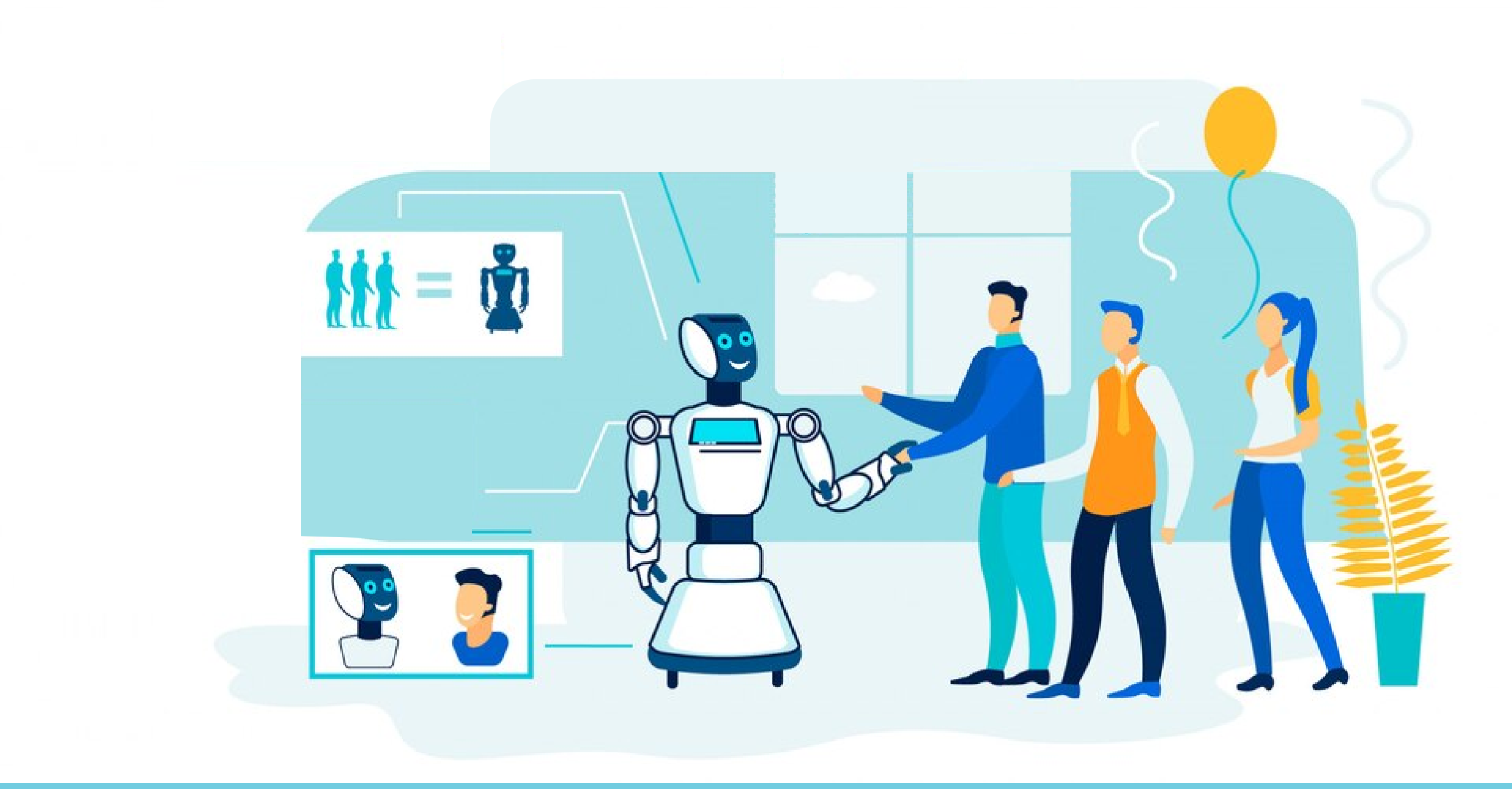
Employee onboarding is a vital procedure that establishes the tone for an employee's experience at a new firm. Automation of this process utilizing RPA may provide considerable benefits to enterprises, but recommended practices must be followed for effective deployment.
RPA adoption requires careful planning and preparation. Organizations must define the specific onboarding activities that require automation, assess the resources needed for execution, and develop a project timeframe. This preparation should involve a comprehensive examination of the current onboarding process in order to identify pain points and opportunities for improvement.
Process mapping and documentation are also essential for RPA deployment success. This entails breaking down the onboarding process and documenting the inputs, outputs, and business rules for each stage. This data may subsequently be utilized to develop and construct RPA processes.
It is critical to consider the flexibility and reusability of RPA processes while developing and constructing them. Workflows should be built such that they may be readily adjusted and scaled as needed. They should also be created with a focus on compliance and security, with proper controls and audits in place to ensure data privacy and regulatory compliance.
To ensure that RPA workflows function as intended, testing and validation are essential. This entails running test cases to confirm that the workflows carry out the tasks correctly, identify and fix any errors or issues, and make sure the workflows are compliant with all applicable laws and standards. To ensure that the RPA workflows are effective over time, organizations must also set up protocols for ongoing testing and validation.
The RPA workflows must be continuously monitored and maintained after they are put into use to ensure their effectiveness. This comprises ongoing software updates, issue tracking, and performance monitoring. Additionally, organizations need to set up procedures for dealing with potential problems. These procedures should include a system for employees to report issues and for IT and HR teams to work together on problem-solving.
Collaboration between the HR and IT teams is essential for the effective implementation of RPA. To make sure that the RPA workflows meet the requirements of HR and adhere to IT standards and regulations, both teams should work closely together throughout the planning, design, implementation, and maintenance phases. Additionally, by working together, other HR procedures can be streamlined and new opportunities for automation can be found.
At the end of the day, automating employee onboarding with RPA can have a significant impact on an organization's productivity, accuracy, and consistency, as well as compliance and security. The engagement and experience of the workforce can both be enhanced. To ensure successful implementation, businesses must follow best practices like planning and preparation, process mapping and documentation, designing and creating modular and reusable workflows, testing and validation, ongoing monitoring and maintenance, and collaboration between HR and IT teams. By following these best practices, organizations can streamline their onboarding processes and lay the foundation for an excellent employee experience. Reducing manual tasks and errors, saving time, enhancing consistency and accuracy, and increasing compliance and security are just a few of the many advantages that organizations can gain from automating employee onboarding using RPA. Organizations must adhere to best practices, such as planning and preparation, process mapping and documentation, designing and developing modular and reusable workflows, testing and validation, ongoing monitoring and maintenance, and cooperation between HR and IT teams. Organizations can streamline their onboarding procedures and lay the groundwork for a positive experience by adhering to these best practices.
RPA tools for employee onboarding automation
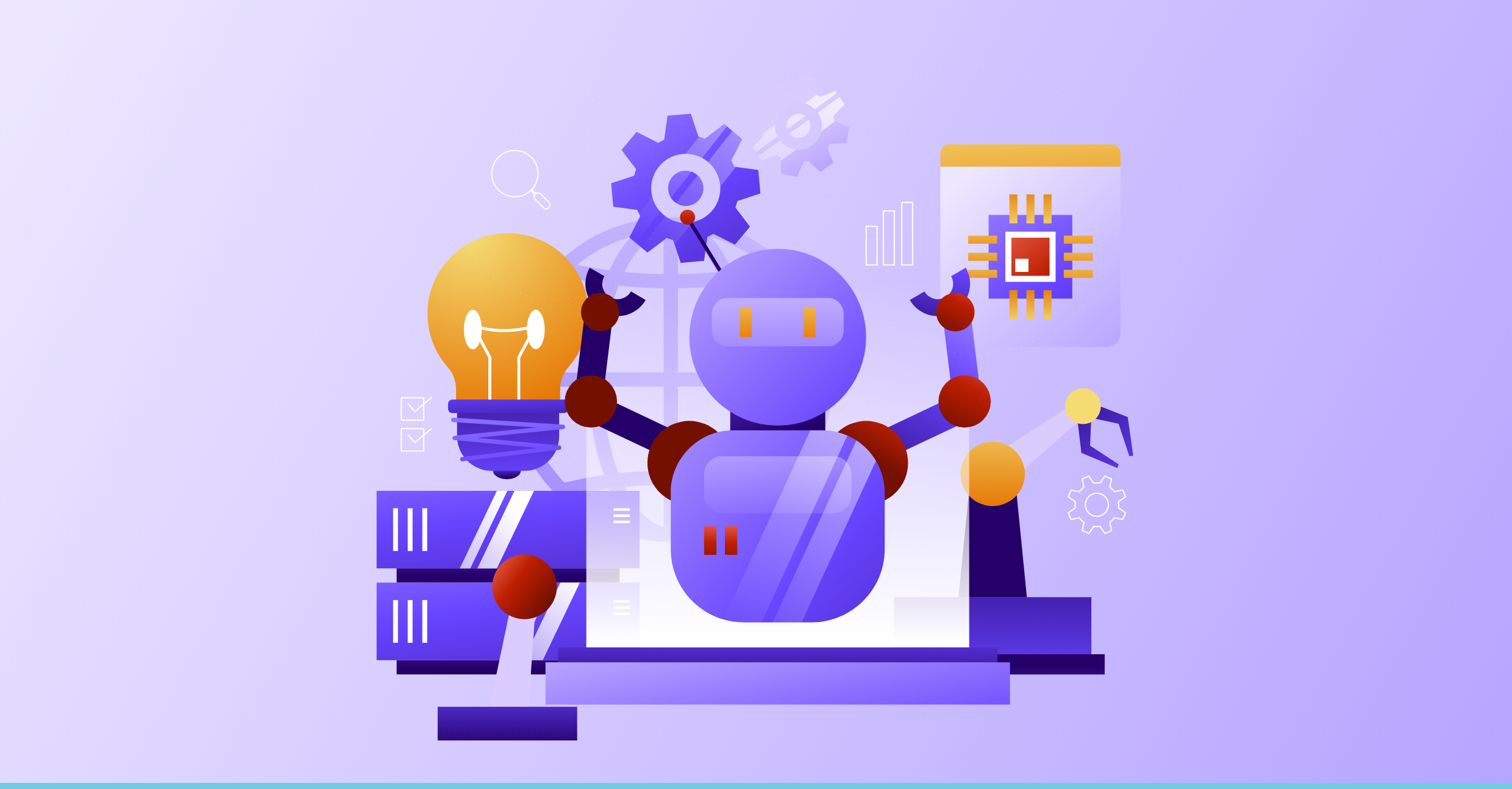
There are many tools and platforms on the market that can automate employee onboarding through RPA. UiPath and Power Automate (formerly known as Microsoft Flow), however, are two of the most well-liked and widely utilized tools for onboarding automation .
UiPath and Power Automate (formerly known as Microsoft Flow), however, are two of the most well-liked and broadly utilized tools for onboarding automation . One of the top RPA platforms is UiPath, which provides a wealth of features and capabilities for automating a variety of business processes, including onboarding new employees. Its user-friendly interface and drag-and-drop capabilities make creating automation workflows simple for non-technical users. Additionally, UiPath provides a selection of pre-built elements and templates specially made for onboarding procedures, making it simple to get going.
On the other hand, Microsoft developed the cloud-based automation platform known as Power Automate. Users can integrate Teams, Outlook, and other Microsoft services, as well as create automated workflows. Power Automate provides a selection of templates and connectors made especially for HR procedures like onboarding new employees.
There are a number of things to take into account when selecting an RPA tool for onboarding automation, including cost, scalability, security, and ease of use. The free community edition provided by UiPath is excellent for individuals and small businesses interested in trying out RPA. UiPath offers a selection of pricing plans with advanced features and capabilities for larger organizations with more complicated onboarding procedures.
On the other hand, Power Automate is a cloud-based platform that works well with other Microsoft products. Because of this, it is a desirable option for businesses that already use Microsoft goods and services. A variety of pricing options are also available from Power Automate, including a free plan and paid plans with additional features.
For automating employee onboarding, UiPath, and Power Automate both provide a range of features and functionalities, including data entry, document processing, and workflow management. They also provide strong analytics and reporting tools, which can be used by businesses to monitor the efficiency of their onboarding procedures.
In brief, two well-liked and dependable RPA tools for automating employee onboarding are UiPath and Power Automate. Both provide a variety of features and functionalities tailored to HR procedures, making it simpler for businesses to streamline their onboarding workflows and enhance the overall employee experience. RPA is becoming more and more popular for automating employee onboarding, and several businesses have already done so with great success. Let's look at a few instances of businesses that have used RPA to automate the employee onboarding process.
Cases of RPA-based employee onboarding automation that have been effective

One illustration is a top provider of financial services that automated employee onboarding using RPA. Large volumes of data needed to be processed and validated during the onboarding process, which presented a challenge for the company. To automate this procedure and minimize the manual workload of their HR team, they decided to implement RPA. They were able to save a lot of time and improve accuracy by automating the data validation process and doing away with the need for manual intervention using RPA.
Another illustration is a multinational technology company that automated employee onboarding across numerous locations using RPA. Low employee satisfaction was a result of the company's onboarding procedures delays and inconsistencies. To speed up the onboarding procedure and guarantee uniformity across all locations, they implemented RPA. As a result, onboarding processes were completed more quickly, and employee satisfaction increased as a result of the ease with which new hires could get to work.
Another organization in the healthcare industry automated employee onboarding using RPA. They were having trouble processing employee data promptly, which caused delays in onboarding and increased work for their HR team. They were able to automate the data processing and verification process by implementing RPA, which led to quicker onboarding times and less work for their HR team.
These illustrations show how well RPA works for automating employee onboarding procedures. Organizations can save a lot of time, and money, improve accuracy, and increase employee satisfaction by automating manual tasks and streamlining the onboarding procedure.
Implementing RPA to streamline 3 onboarding processes
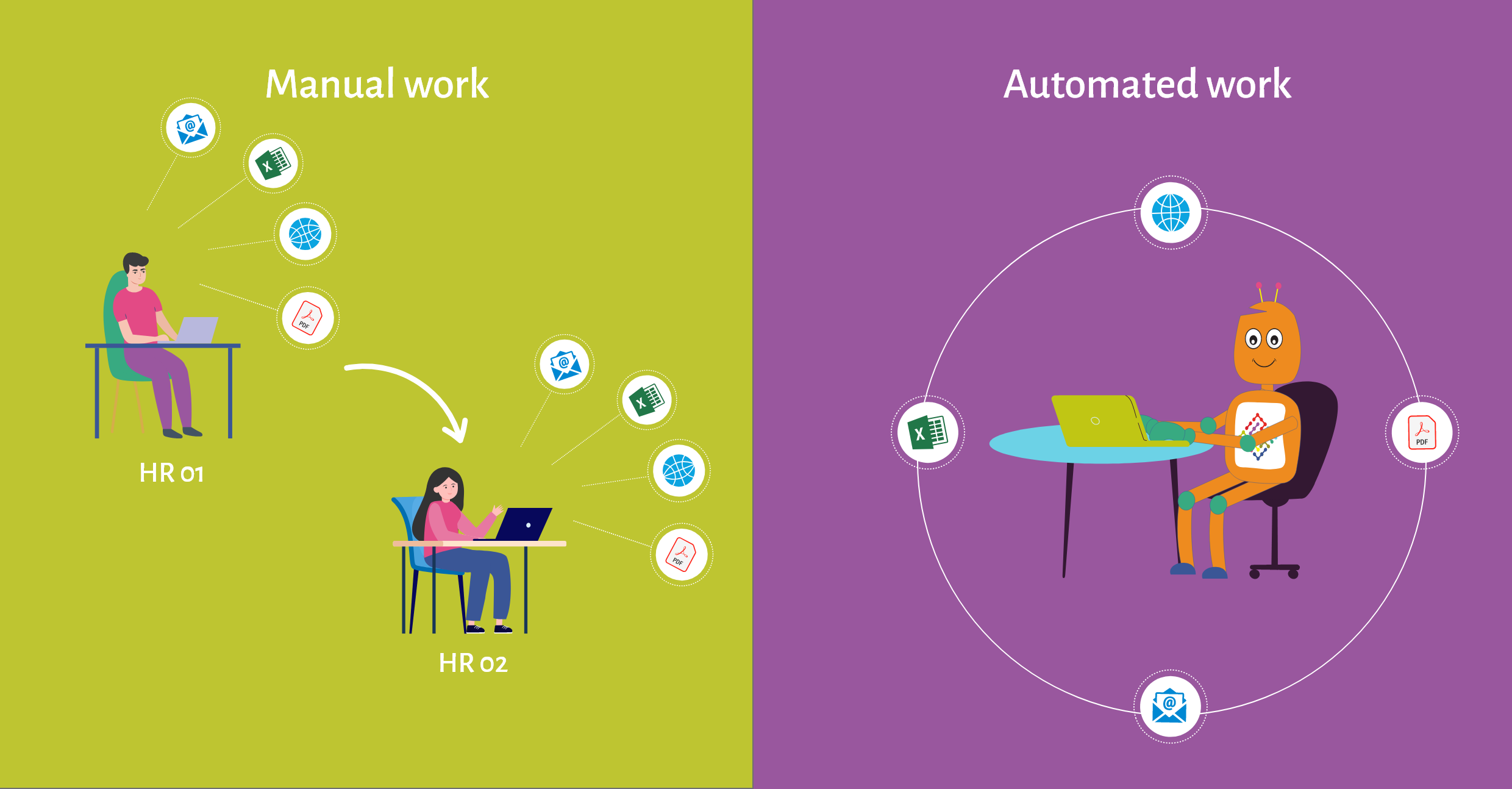
RPA has the potential to revolutionize certain onboarding procedures, streamline the experience for new hires, and lessen the administrative burden on HR staff. Large organizations' high-volume onboarding procedures can greatly benefit from the use of RPA. Here are some particular onboarding procedures that RPA can enhance:
Processing of applications: The onboarding procedure frequently begins with the application process. The workload of HR staff can be reduced by using RPA to automatically process and filter incoming applications, ensuring that only qualified candidates are taken into consideration.
Background checks: RPA can be used to automate the background check process, including verifying employment history, conducting criminal record checks, and validating educational credentials. This can reduce the time required to complete the background check process and improve its accuracy.
Documentation and paperwork: RPA can automate the gathering and processing of necessary documentation and paperwork, including employment contracts, W-4 forms, and emergency contact information. This can ease the administrative burden on HR staff and make sure that all pertinent documents are accurately gathered and stored.
Several crucial steps are involved in implementing RPA for onboarding process improvement, including process analysis, workflow design, and construction, testing, and validation, as well as ongoing maintenance and monitoring. To ensure successful implementation, it is crucial to carefully assess the specific onboarding procedures that can be automated and to collaborate with the IT and HR teams.
Automating employee data management with RPA

Managing employee data is an important part of the onboarding process, but doing so manually can be time-consuming and error-prone. RPA can speed up this process while also ensuring that employee data is managed accurately and effectively.
RPA can automate the collection, storage, and processing of employee data such as personal information, job information, and payroll data. This can be accomplished by integrating RPA with HR software systems such as HRIS and ATS and automating data transfer.
RPA has advantages such as increased accuracy and consistency, reduced manual efforts, and increased data security, but it also has drawbacks such as data privacy and maintenance. It is critical to identify the specific tasks that can be automated and design RPA workflows accordingly, as well as to ensure data privacy and security by implementing appropriate access controls and encryption measures, in order to successfully implement RPA.
Overall, using RPA to automate employee data management can significantly improve the efficiency and accuracy of the onboarding process, making it a viable option for organizations looking to streamline their HR operations.
Onboarding software with RPA integration
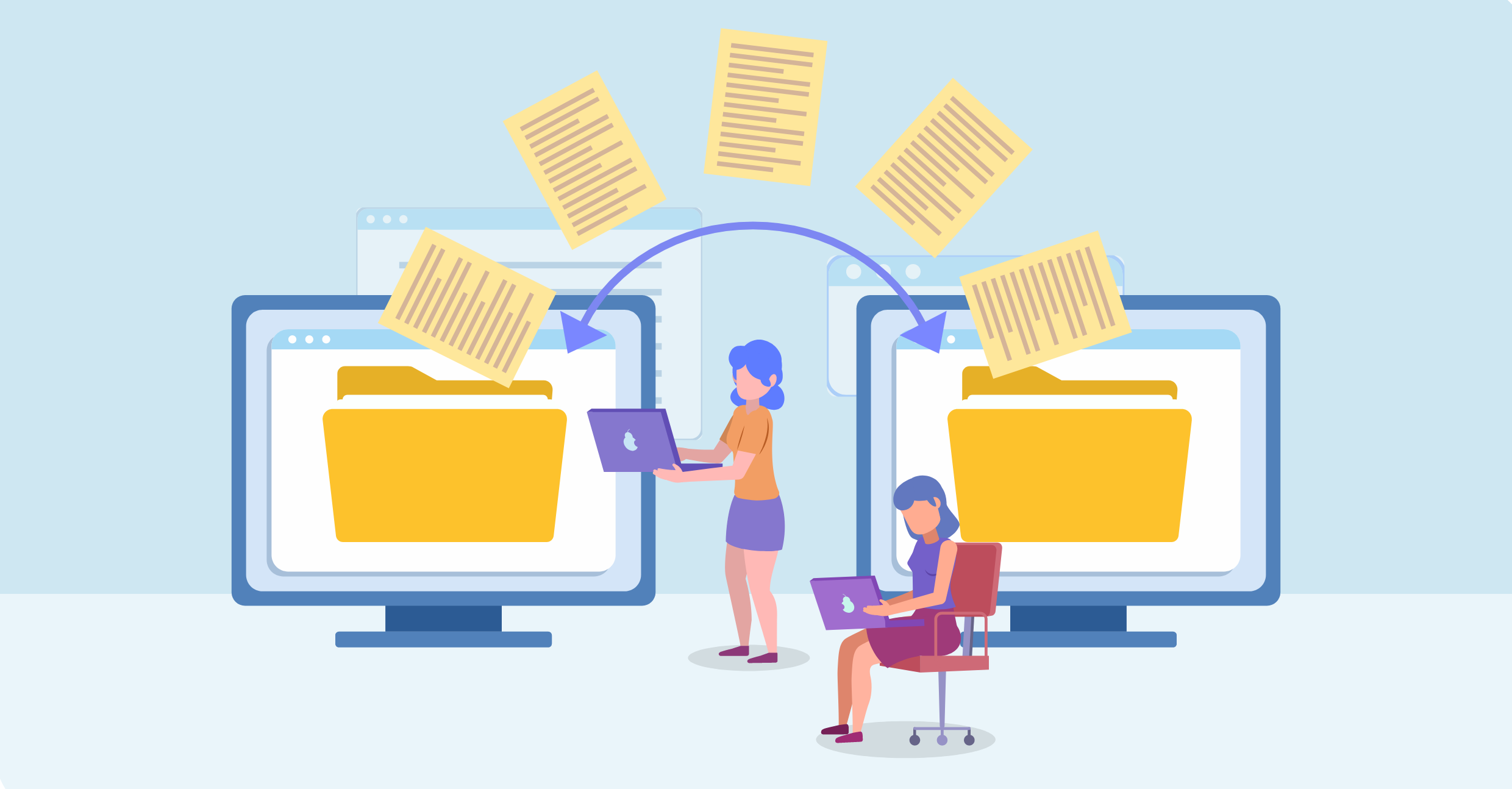
RPA requires the use of software that can handle integration when automating onboarding processes. Fortunately, RPA integration features are available in a variety of onboarding software options. These software applications can help automate aspects of employee onboarding such as form completion, data entry, and document management.
The advantages of using onboarding software with RPA integration are numerous. For starters, it allows for a more efficient and streamlined onboarding process. Second, it enables faster and more accurate data entry, reducing errors and reducing the possibility of data loss. It also gives you access to real-time onboarding metrics that you can use to identify areas for improvement in the onboarding process.
While onboarding software with RPA integration has many advantages, it also has some drawbacks. One of the most significant challenges is the cost of implementation and maintenance, which can be quite high. Furthermore, these software applications necessitate a certain level of technical expertise to function properly, which can be a challenge for some organizations.
Workday Onboarding, SAP SuccessFactors Onboarding, and iCIMS Onboard are three popular onboarding software options with RPA integration. Each of these software options has its own set of features and benefits, and it is critical to select one that meets your organization's specific needs and requirements.
Conclusion

As organizations look for ways to improve their employee onboarding processes, RPA emerges as a valuable tool for increasing efficiency and reducing manual errors. RPA can significantly reduce the time and effort required for onboarding while also improving accuracy and compliance by automating various tasks and workflows.
We have discussed the benefits of using RPA for employee onboarding, compared RPA to traditional methods, and discussed the best practices and tools for successful RPA implementation in onboarding throughout this article. We also looked at examples of successful RPA implementation and talked about the future of RPA in HR processes.
Overall, RPA adoption in employee onboarding and HR processes is expected to increase as organizations seek new ways to improve efficiency, reduce errors, and improve employee experience and engagement. Organizations can take their onboarding process to the next level and reap significant benefits by embracing RPA and following best practices for implementation.
If you're interested in learning more about how RPA can help automate your employee onboarding processes, or if you need assistance with RPA implementation then you can reach out to the experts at TalosNation, who specialize in RPA, and we can help you streamline your HR processes.
